A hop, skip and a jump around a corner of the City of London
If I were to mention “Smithfield”, many people would automatically associate it with the iconic meat market that is still in existence in the heart of London. And you’d be correct, as there has been a livestock market on the same site since the 12th century.
However, this small Smithfield region of London has had a colourful past and, on occasion, quite sordid.
Back in the day, it was also used for jousting tournaments.
Just within a few streets and lanes of this area are some fascinating places to discover, incredibly interesting facts and memories of the past that should never be forgotten.
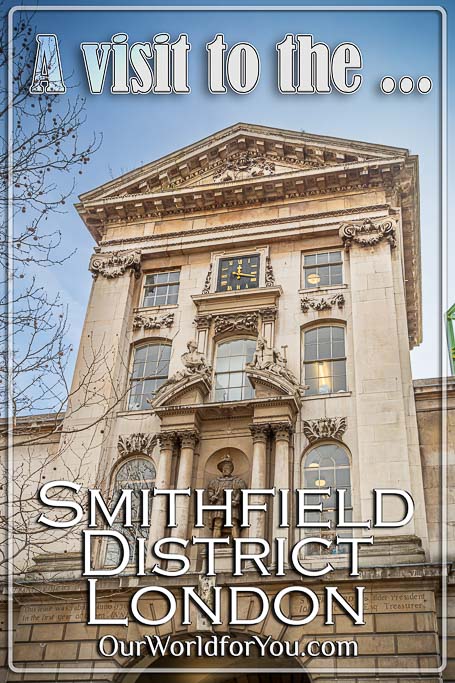
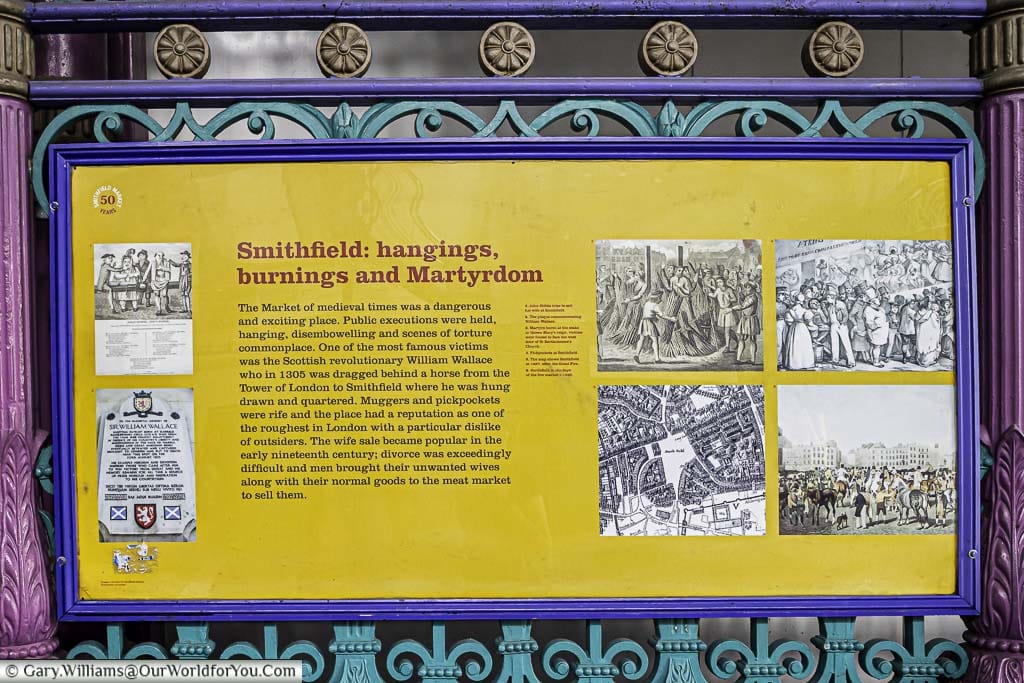
Where is Smithfield?
How to get to Smithfield
- By Tube
You are in 'Zone One' and the nearest stations are Barbican and Farringdon on the Metropolitan , Circle and Hammersmith & Citylines or Holborn and St Paul's on the Central line.
Don’t forget if you have a contactless bank card, or a card assigned to your phone you tap and pay with that. (For more check out the TFL site(Transport for London))
The Meat Market
A touch of London's history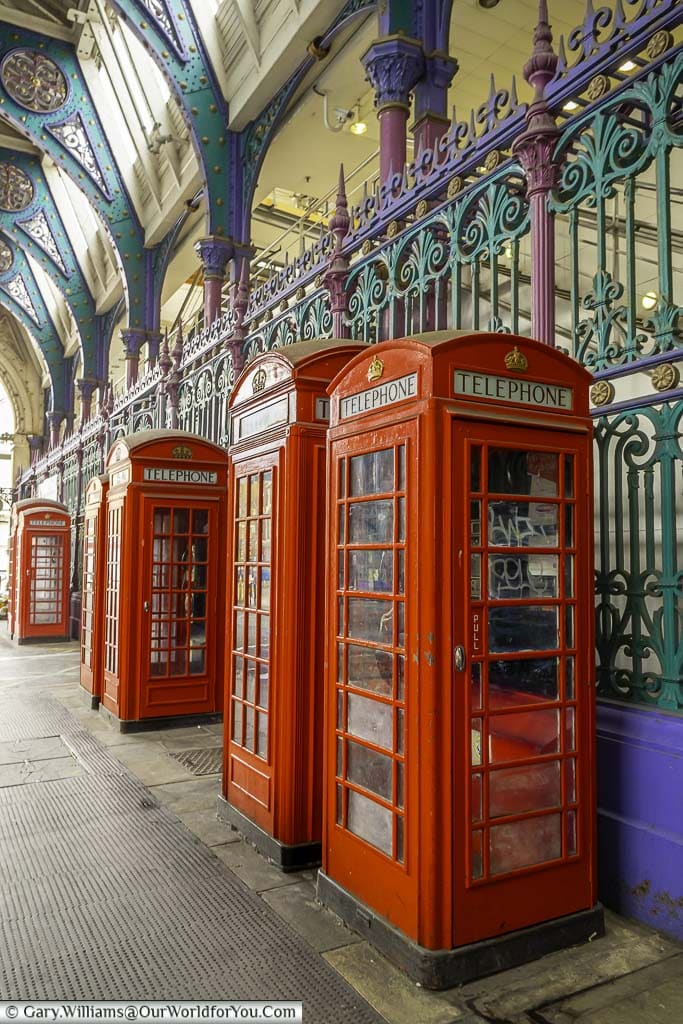
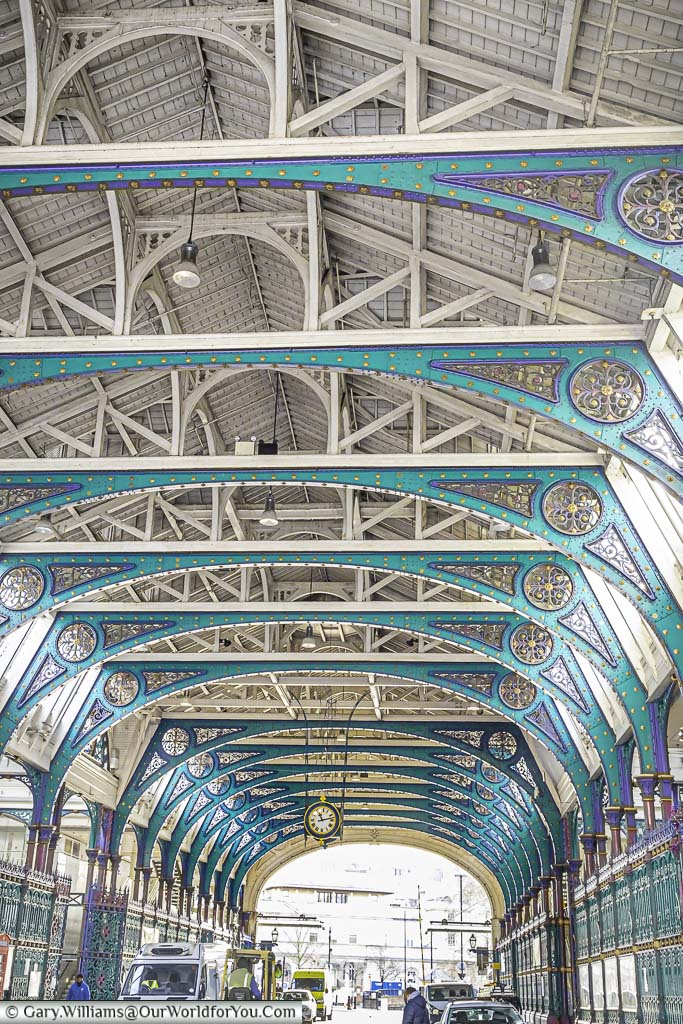
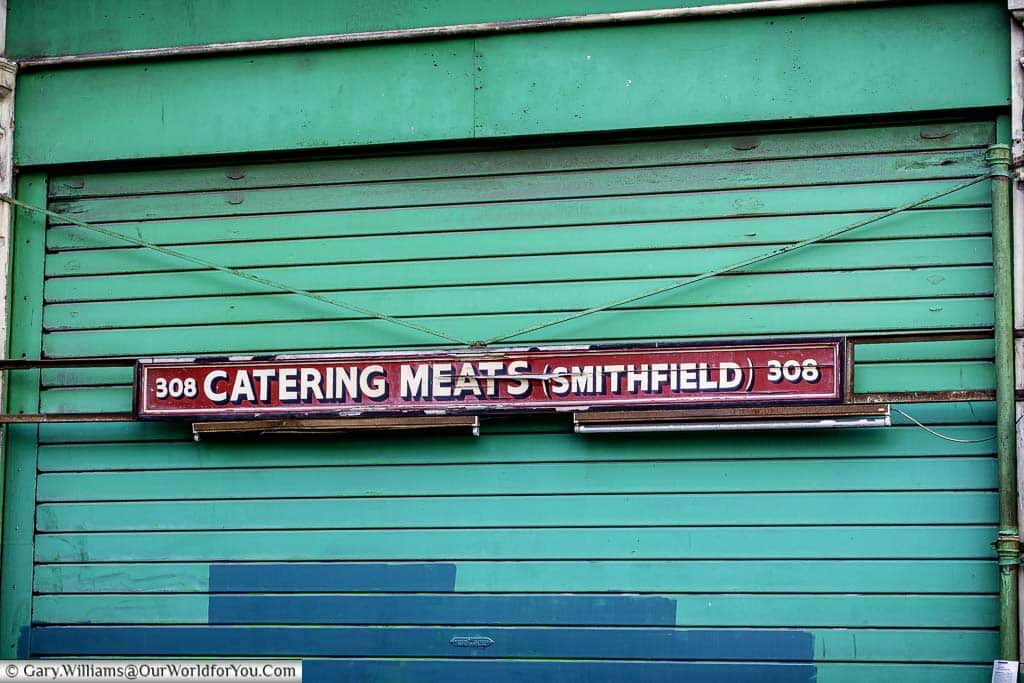
The quirky side of London
The after-work tippleDue to the nature of the market porters' hours, sometimes a refreshing pint was needed after a long shift. To most people, this was breakfast, but to these lads, it was a quick after-work drink with your mates.
Times have changed over the decades; there are now only a couple of pubs open early in the morning for these porters. They are the Art Nouveau "Fox & Anchor" on Charterhouse Street and "The Hope" on Cowcross Street.
I know it's not the healthiest of past times; however, it's a shame to see some of these old traditions ebb away.
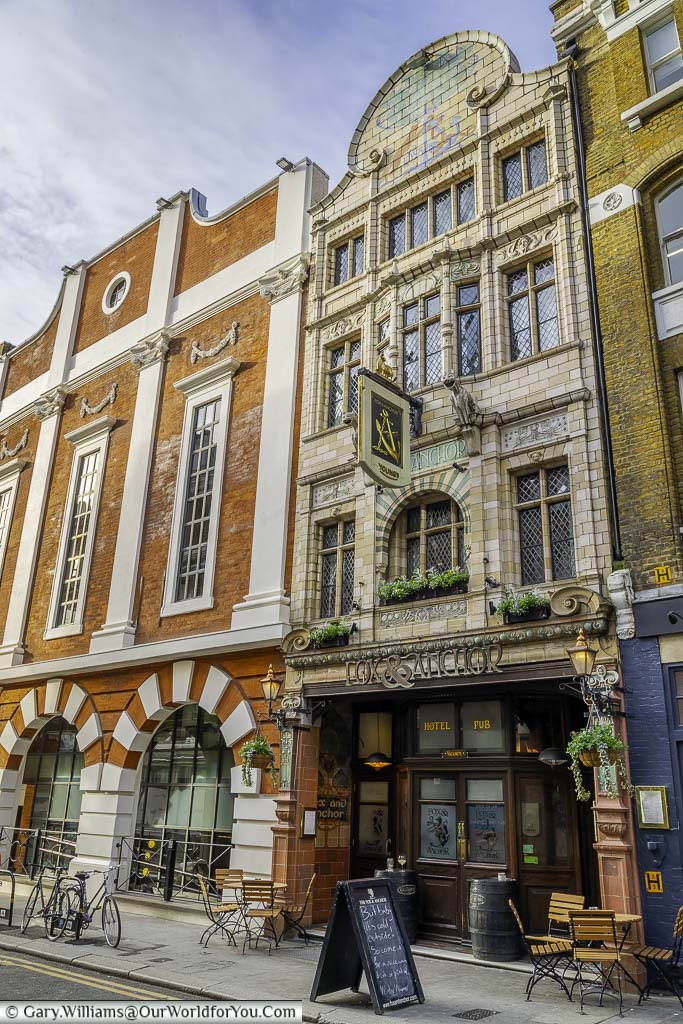
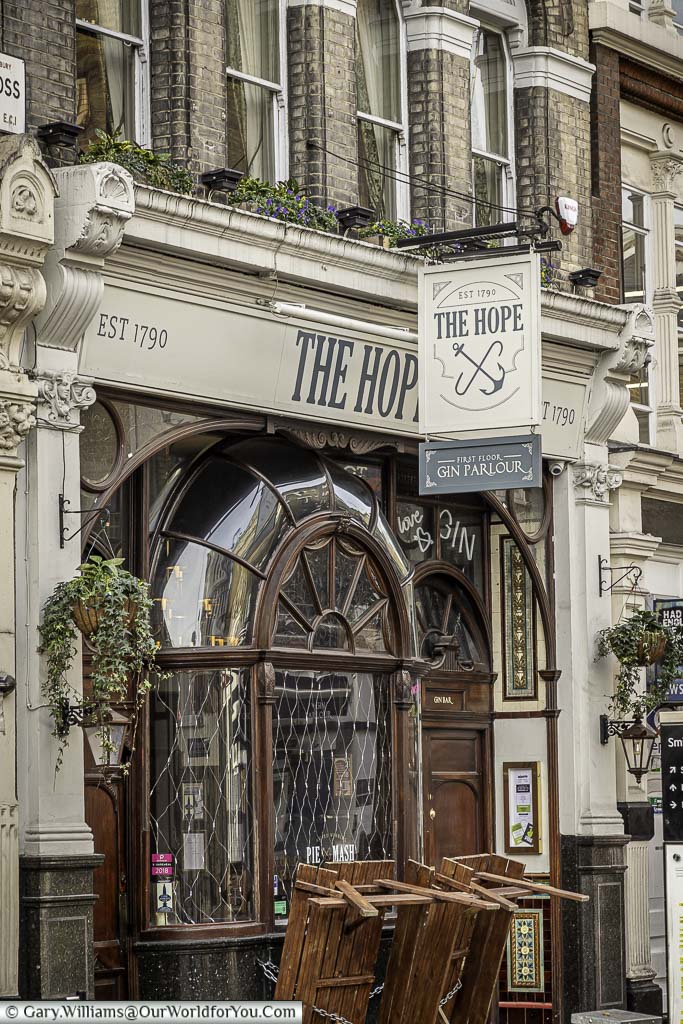
Also close to the market is the Bishop's Finger, a pub owned by Shepherd Neame, Britain's oldest brewer.
This may keep regular hours, but it's one to consider if you're in the area.
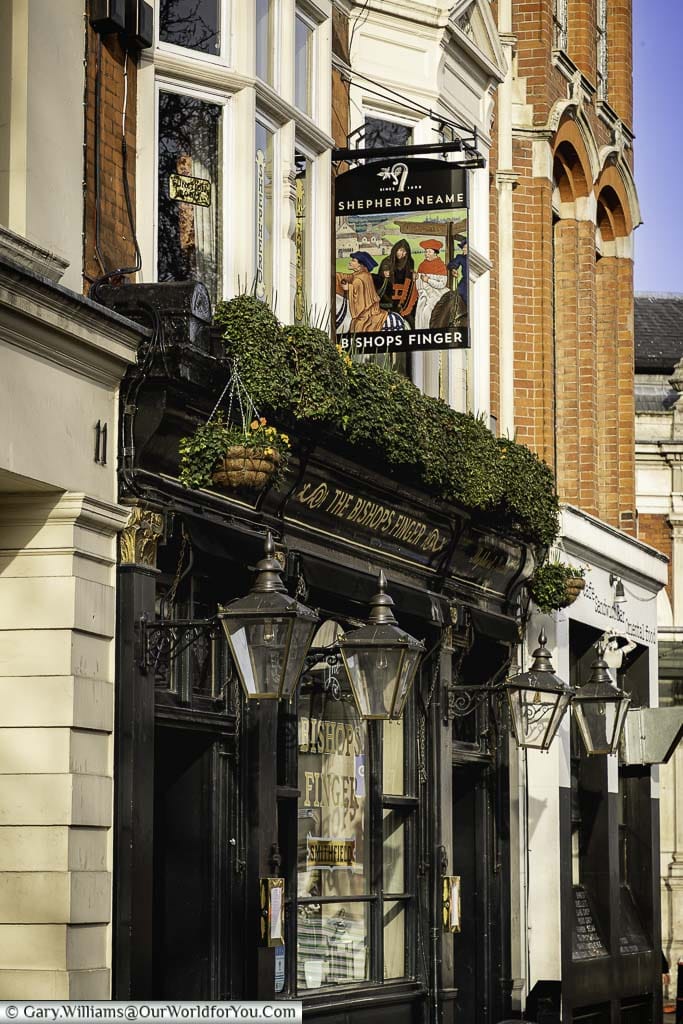
We have a little book on our shelves that we sometimes delve into when we're about to hit an area of London.
Packed full of historical facts, and broken down into the different regions of London, it's a great resource to help you see what's hidden in plain sight.
Available in Kindle & Hardback editions, it's an excellent addition to anyone's collection who loves London.
A walk through London's history
Giltspur StreetThere are a few things to look out for along Giltspur Street. The first is the church of St. Sepulchre-without-Newgate on the corner with Holborn Viaduct. A church has been recorded on this site since c1137.
On the corner of the churchyard, set in the railings, is London’s first-ever drinking fountain, dating from 1859. The cups are still there on chains.
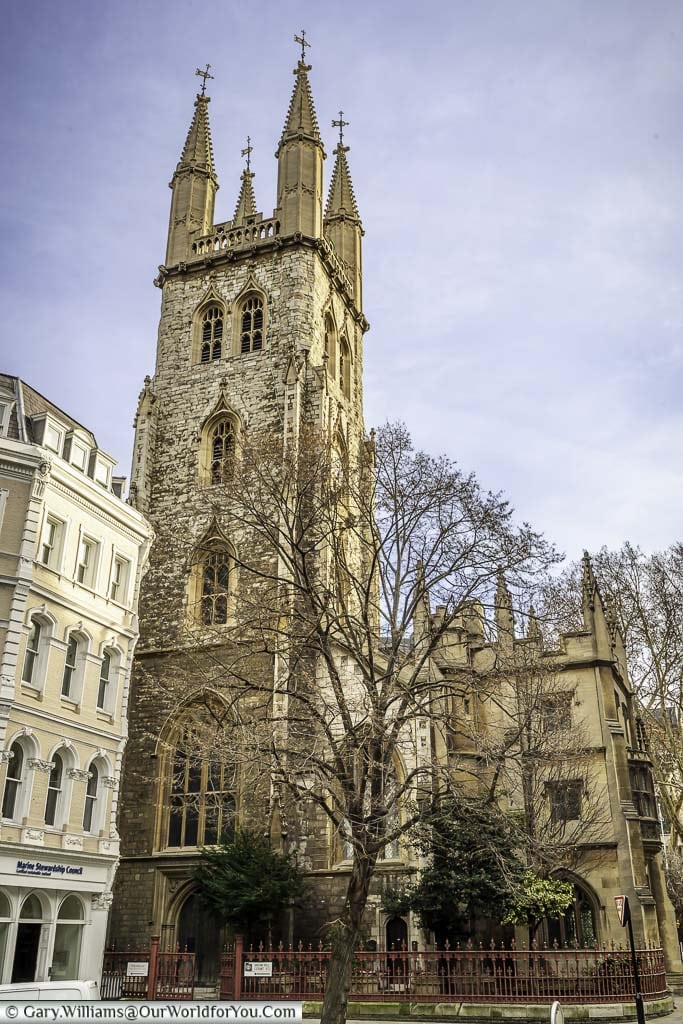
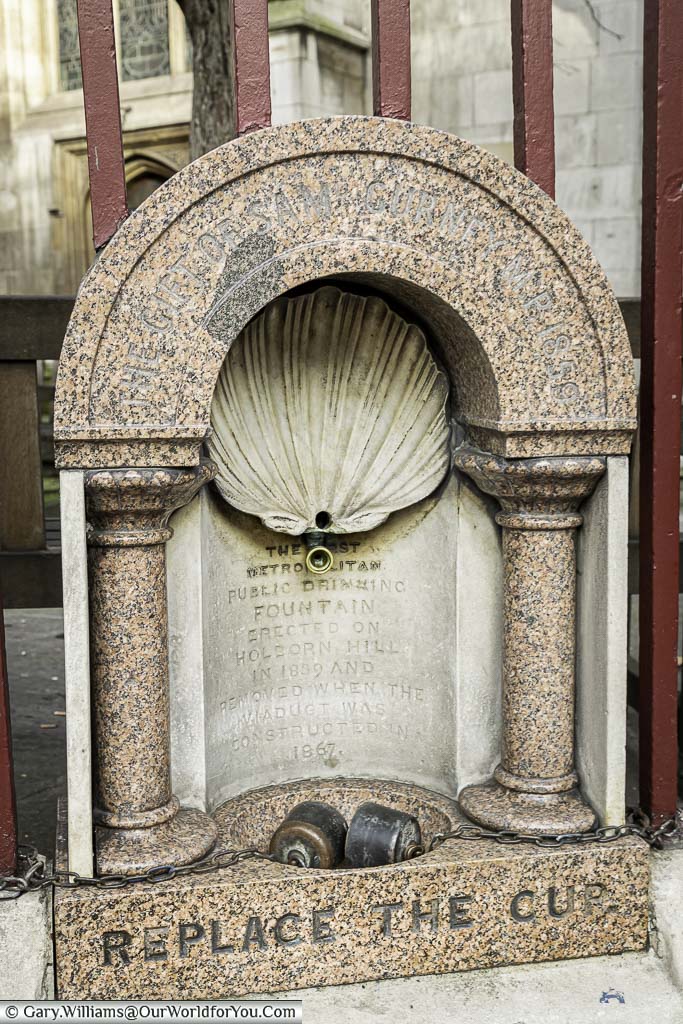
Heading along Giltspur Street, behind the church is a Watch House.
This was initially built in 1791; however, it was re-erected in 1962 due to WWII bombing.
It is said to have been built to protect the churchyard from body snatchers. With the close vicinity of St. Bartholomew’s hospital, surgeons would pay for the corpses to be stolen so they could be used for medical studies. Urgh
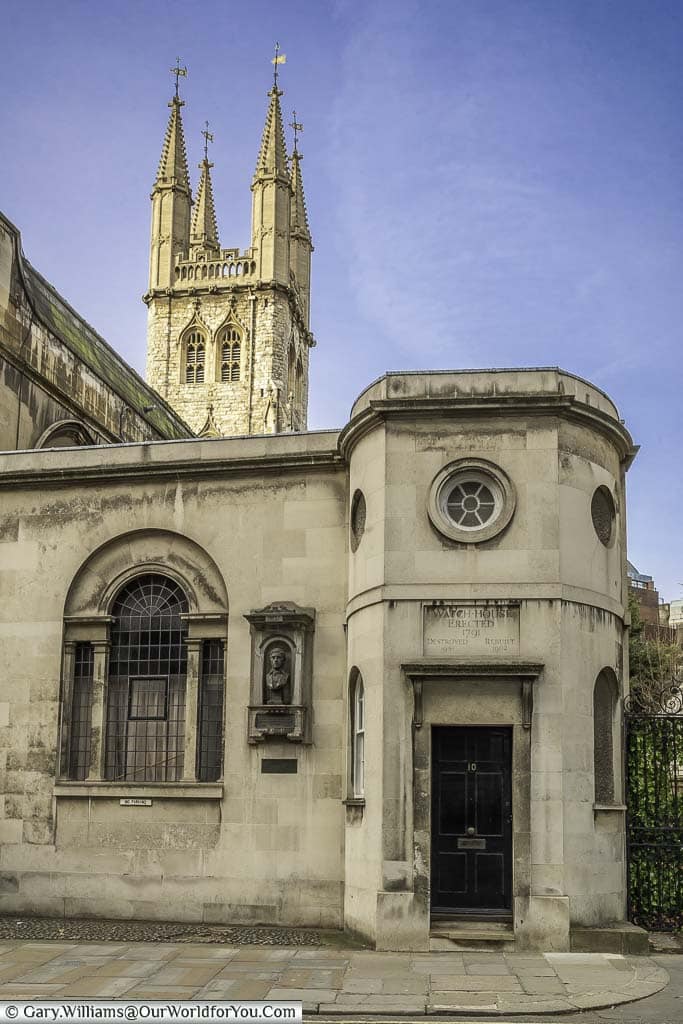
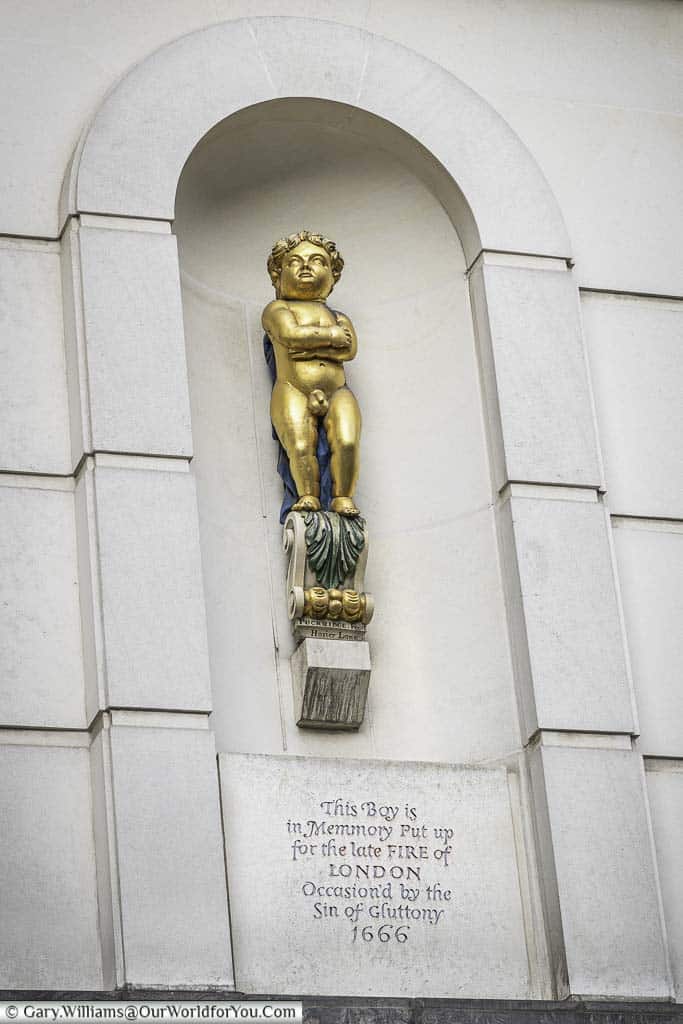
A little further along, on the corner with Cock Lane is the “Golden Boy of Pye Corner”. This golden memorial was erected in memory of the Great Fire of London in 1666. It is ascribed to the Sin of Gluttony.
The Golden Boy once sat above the “Fortune of War” pub, which was pulled down in 1910.
Where to stay in London
If you want to stay in close to the heart of Smithfield, there are plenty of choices. This can be your base to discover the east of London, the City of London, and much more besides.
There are plenty of choices, why not check out Booking.com for something that suits your requirements?
St Bartholomew’s Hospital
Discovering London through the agesFounded in 1123, England’s oldest continually running hospital, “St. Barts”, can also be found here. Amazingly surviving the Great Fire of London and the Blitz.
The hospital was granted to the City of London in 1546 by Henry VIII.
If you pass through the so-named Henry VIII gate, you’ll notice a stone statue of the King above the entrance.
This is believed to be the only remaining statue of him in the City of London.
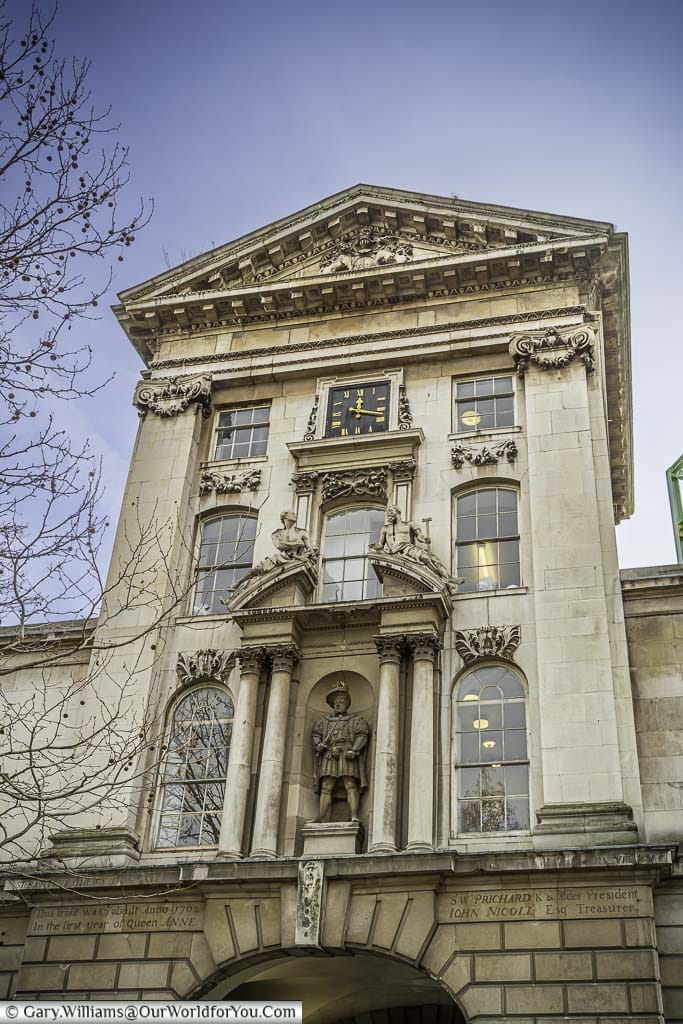
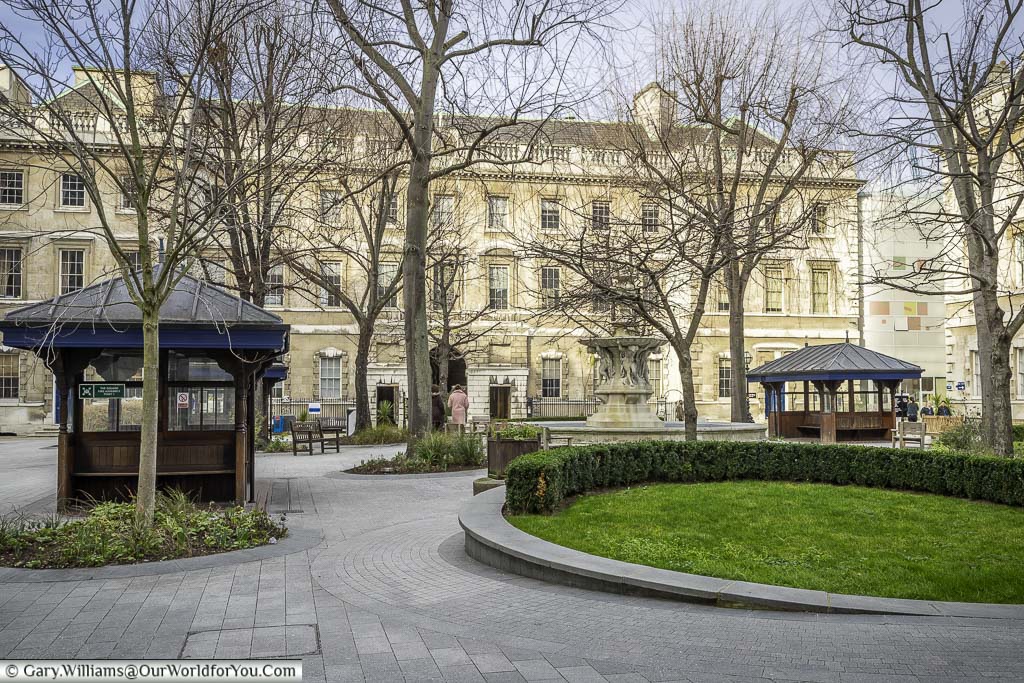
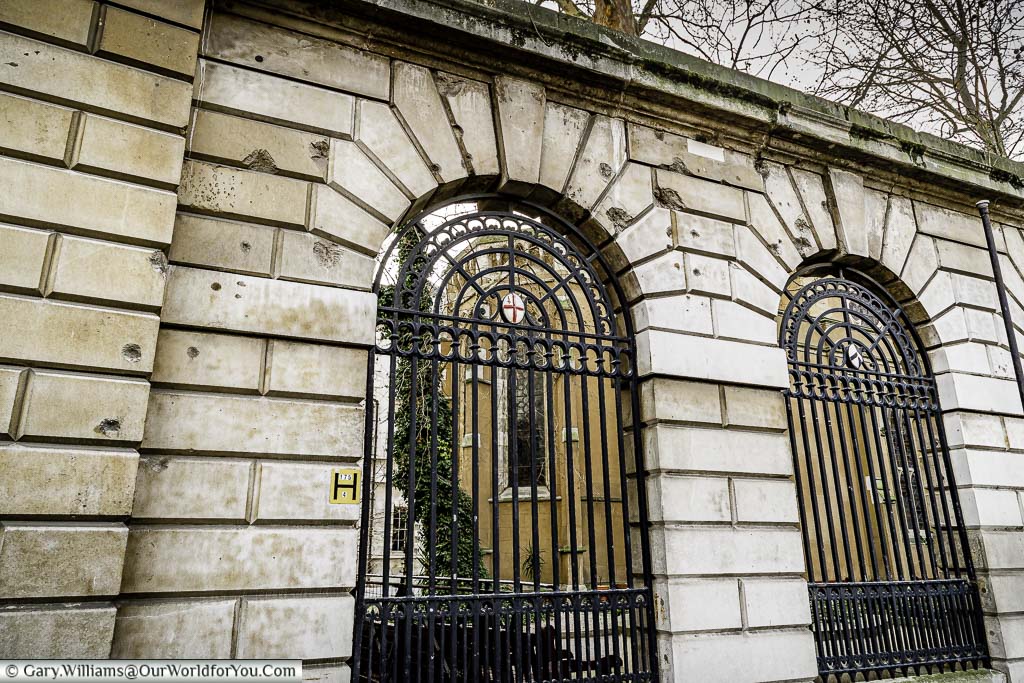
If you've yet to discover London and its ancient history, then let's start planning. I find these DK Eyewitness Travel Guides invaluable. They're extremely informative, easy to follow, and the pictures and maps tempt you into discovering more of those fascinating sites.
You can now grab a recently revised copy of this guidebook, so you won't miss a thing.
Dark times in London
The Murkier side of SmithfieldWell, now comes the darker side of Smithfield, the hangings, stabbings and its sordid past.
One of the most well-known executions here was that of Sir William Wallace.
After his trial in August 1305, Wallace was dragged naked by a horse across the city, then horrifically hung, drawn and quartered.
A plaque marking the spot near where Sir William Wallace was executed stands very modestly on the side of St. Barts wall.
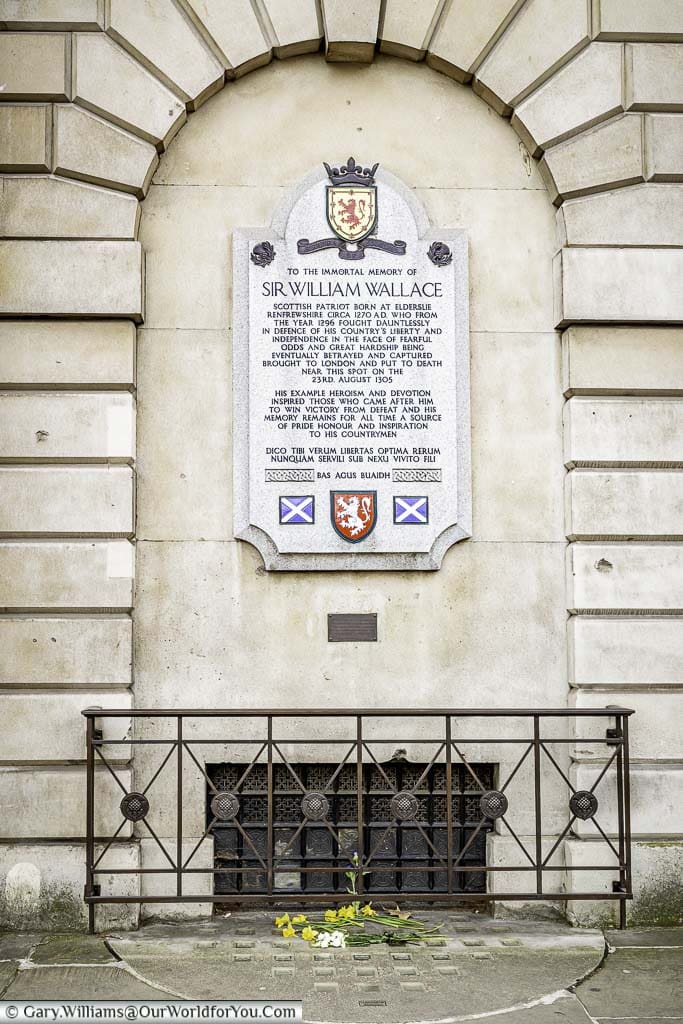
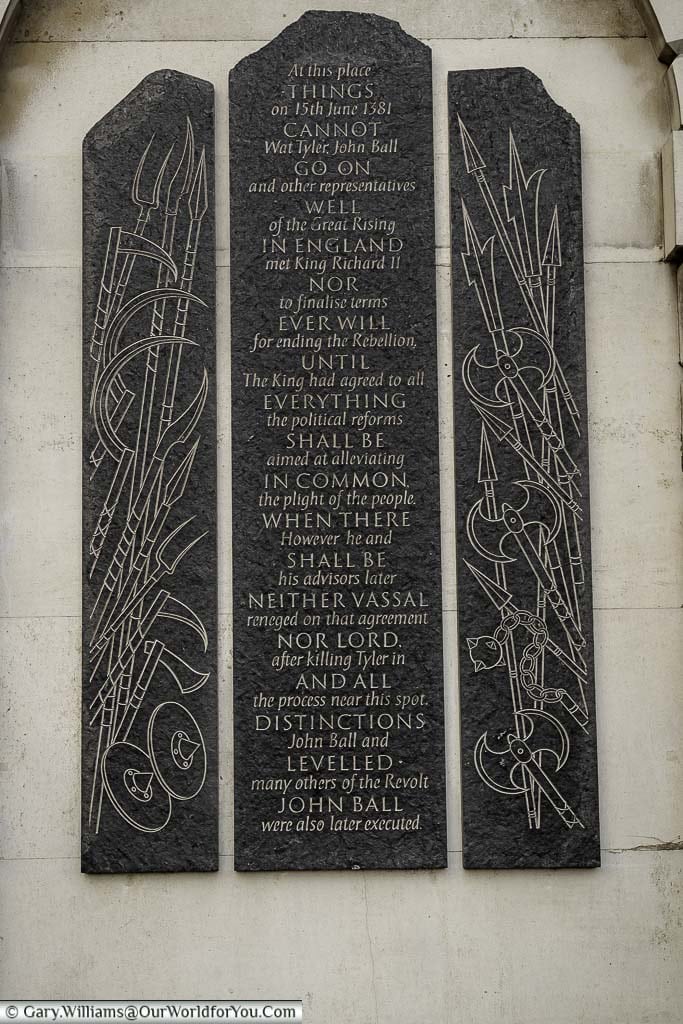
On 15th June 1381, Wat Tyler, the leader of the Great Rising (Peasants’ Revolt), believed he had come to an agreement with King Richard II to end the Rebellion.
Unfortunately, it wasn’t to be; he was then stabbed and also beheaded near this spot by the then Mayor of London.
Like William Wallace, Tyler’s severed head was displayed on top of a pole on London Bridge.
Tube Station Walks
We love to explore London on foot; a great way to break it into bite-sized pieces is to pick an underground station.
Why not browse our posts on tube station walks to find out what we uncovered in different districts?
London’s oldest church
and a bit of a movie star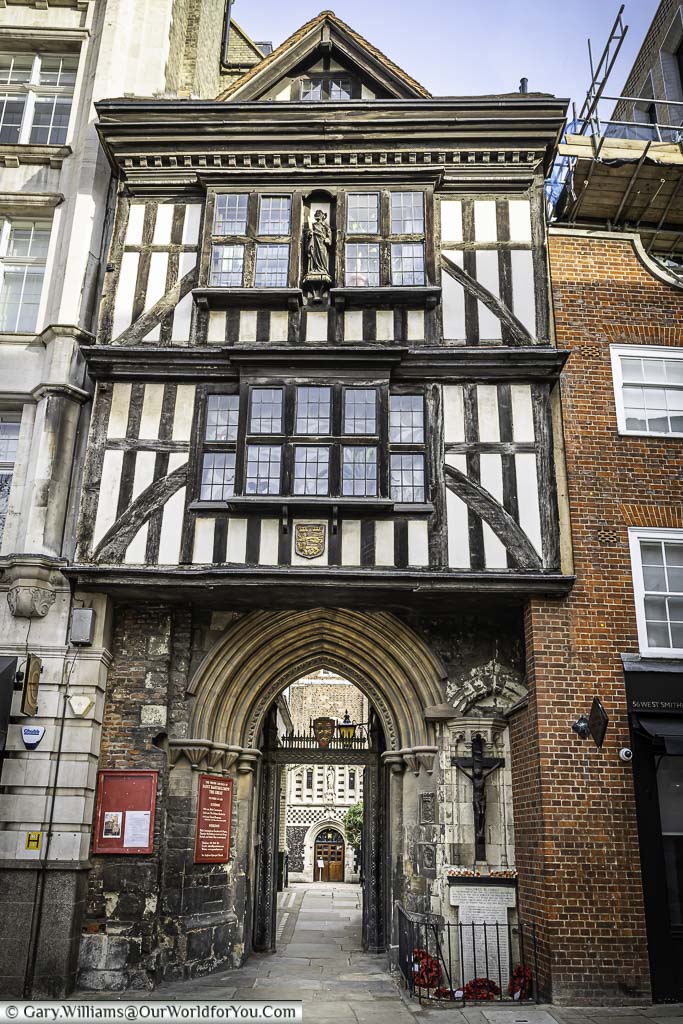
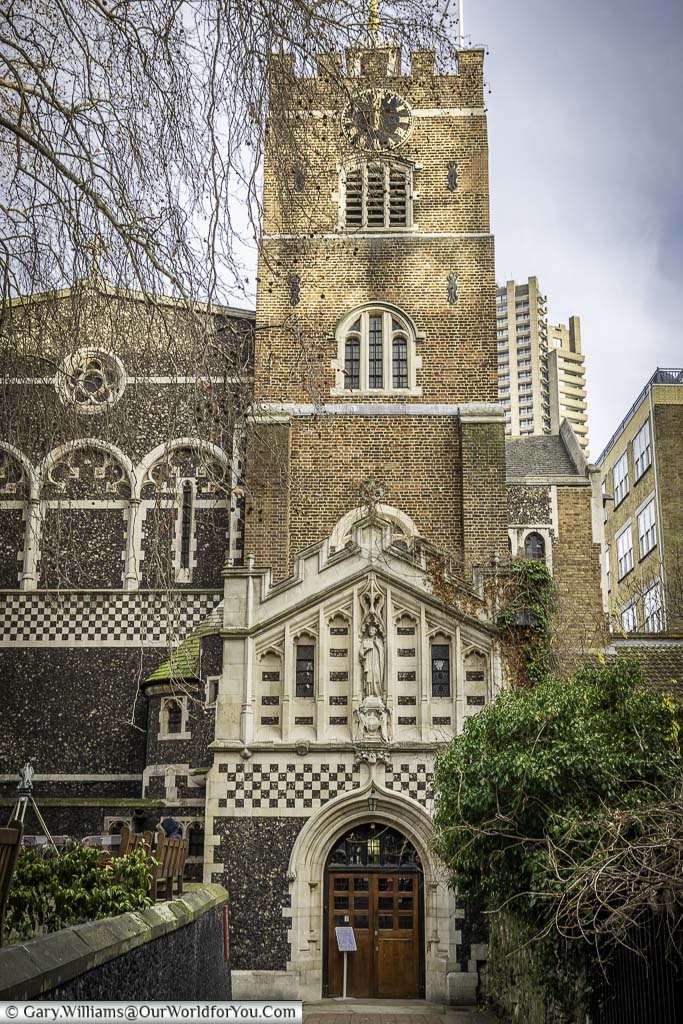
Medieval London
Cloth Fair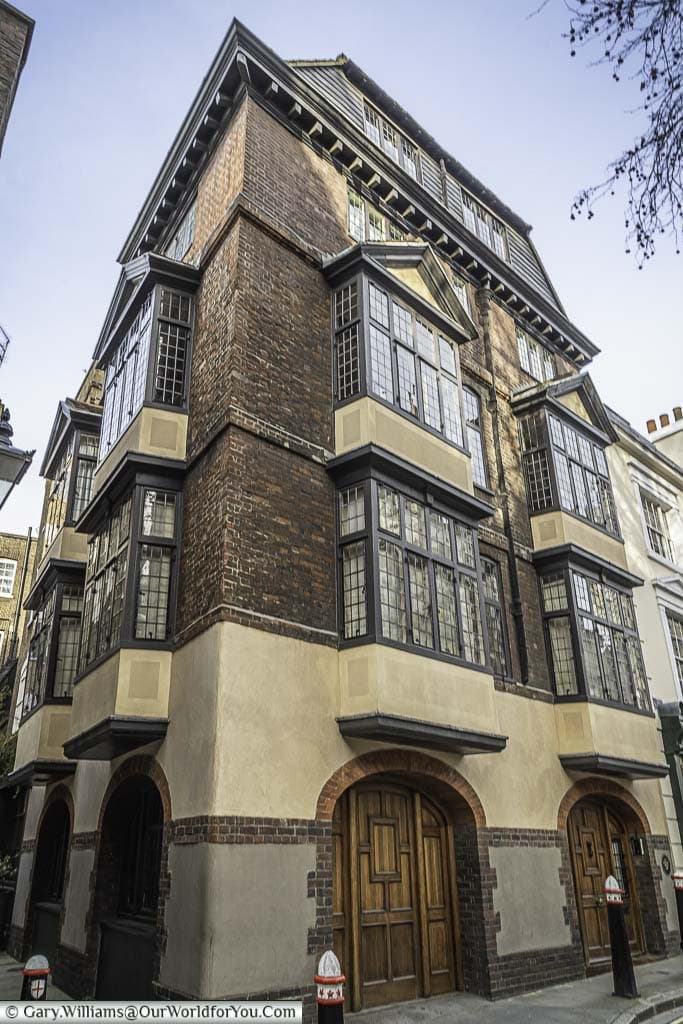
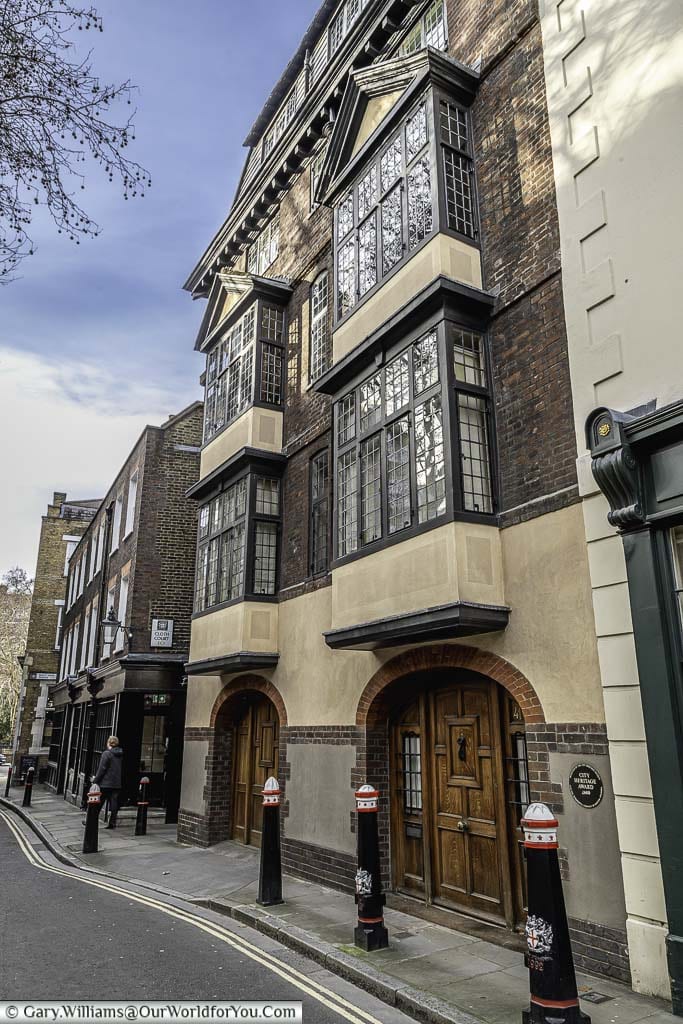
Along Cloth Fair, you’ll see numbers 41 and 42; these are the oldest residential buildings within the current boundaries of the City of London.
In no. 43 Cloth Fair, Sir John Betjeman, the Poet Laureate, lived for 20 years from 1954.
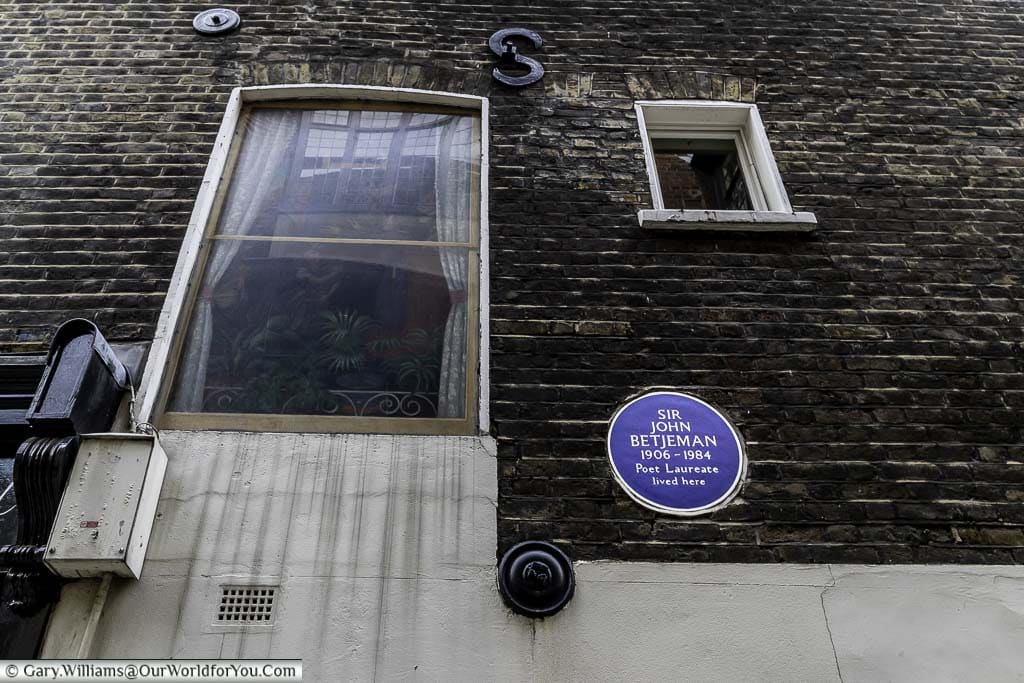
Drink in the history of London
An alehouse for 500 years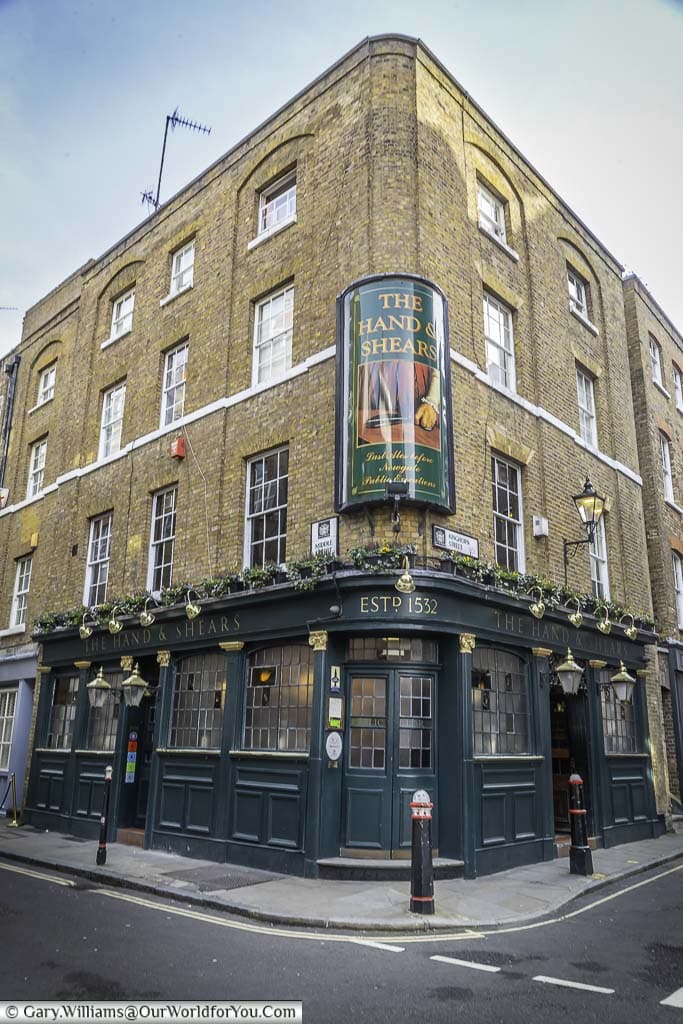
Explore London on foot
You’ll love it
Explore LondonHave You?
* This post may contain links to affiliated sites where we earn a small commission at no additional charge to you.

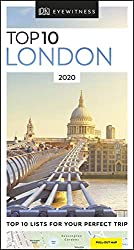
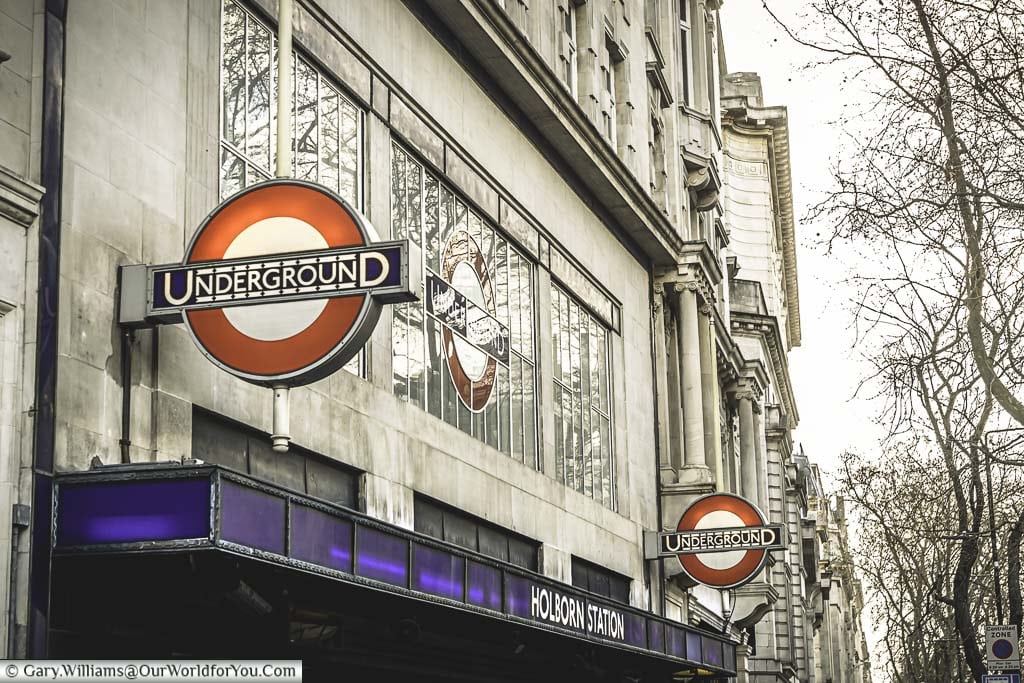
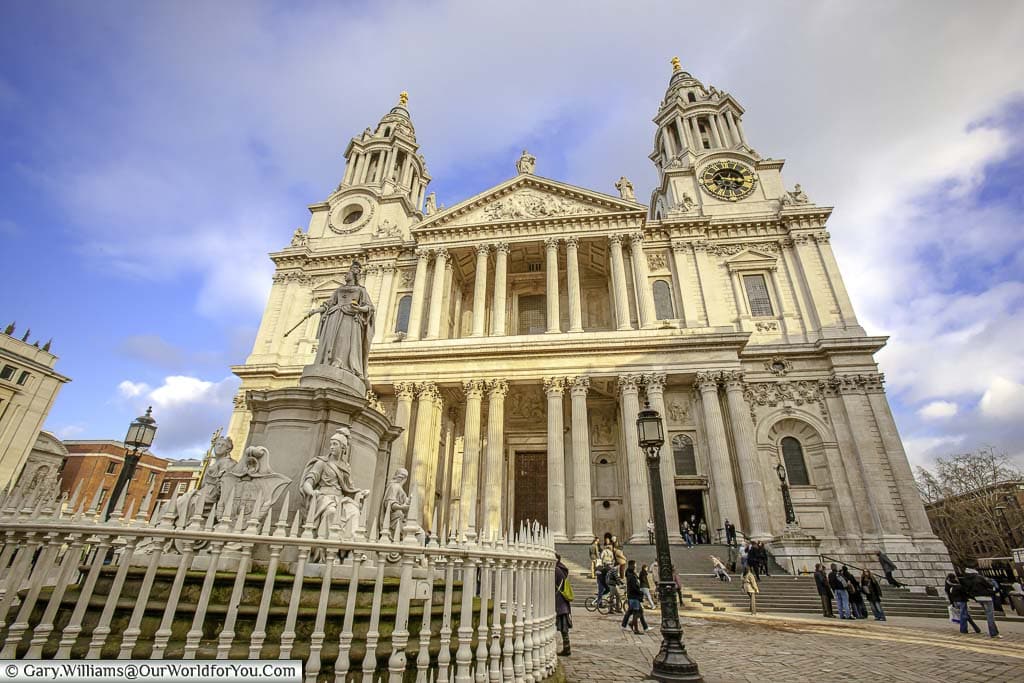
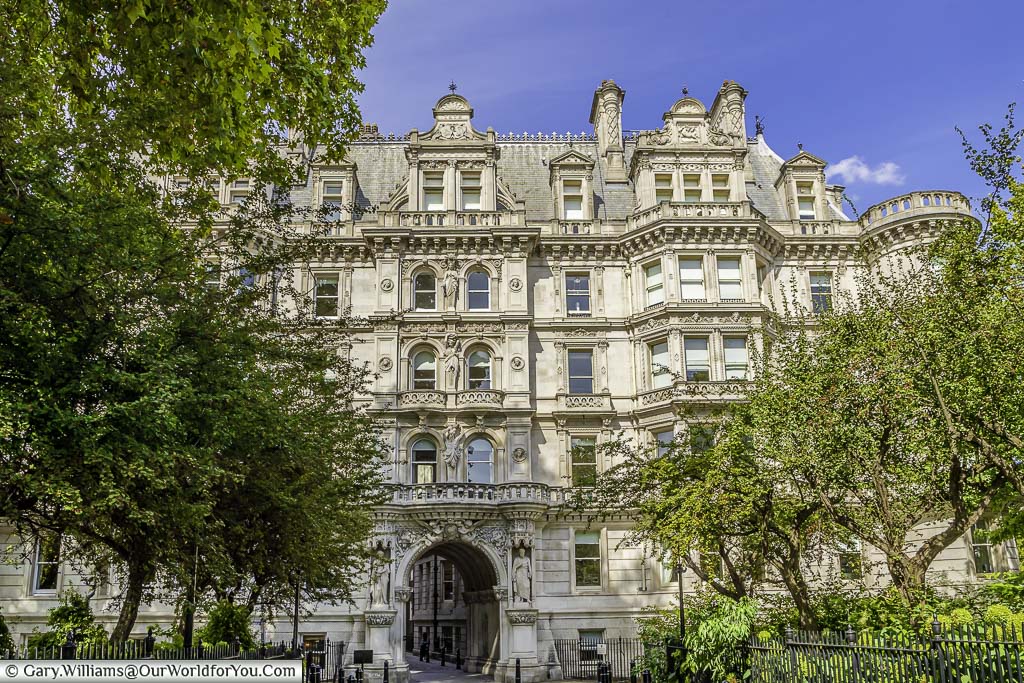
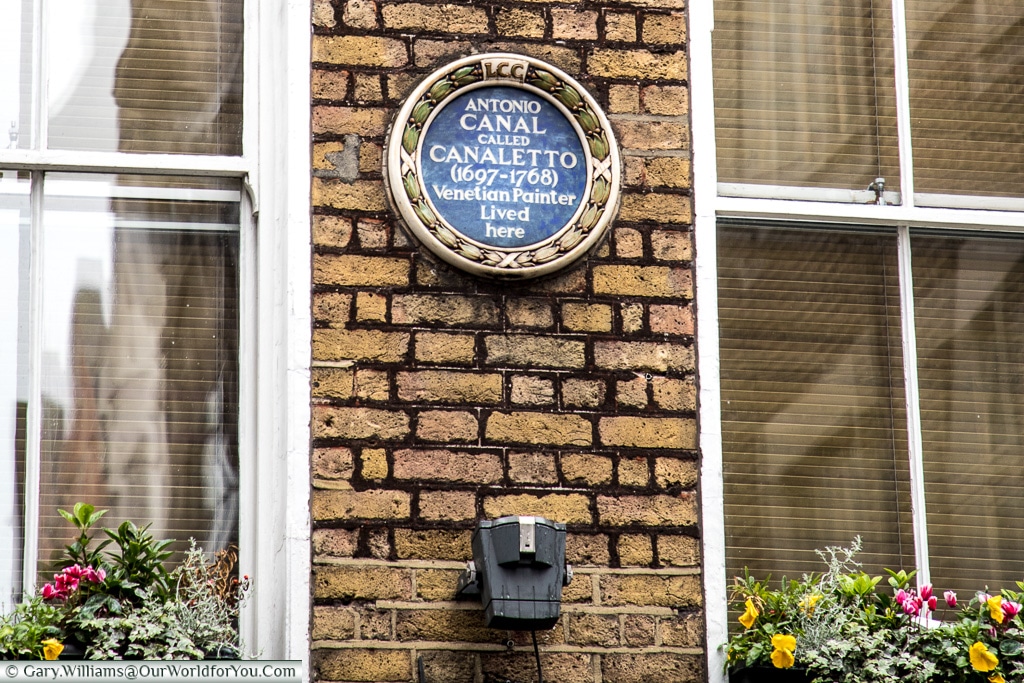
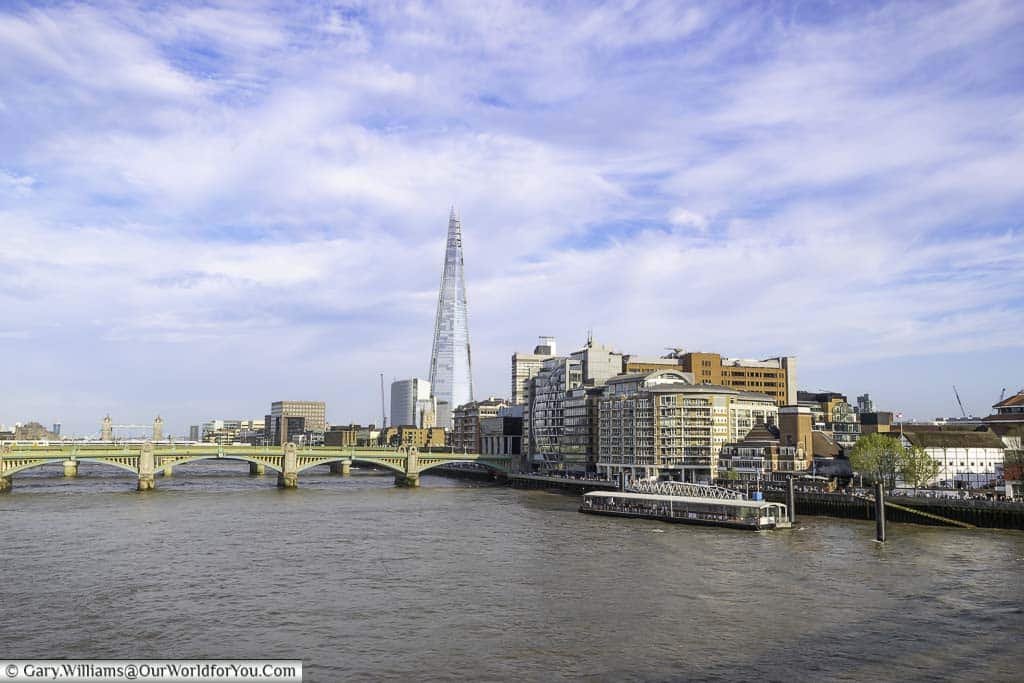
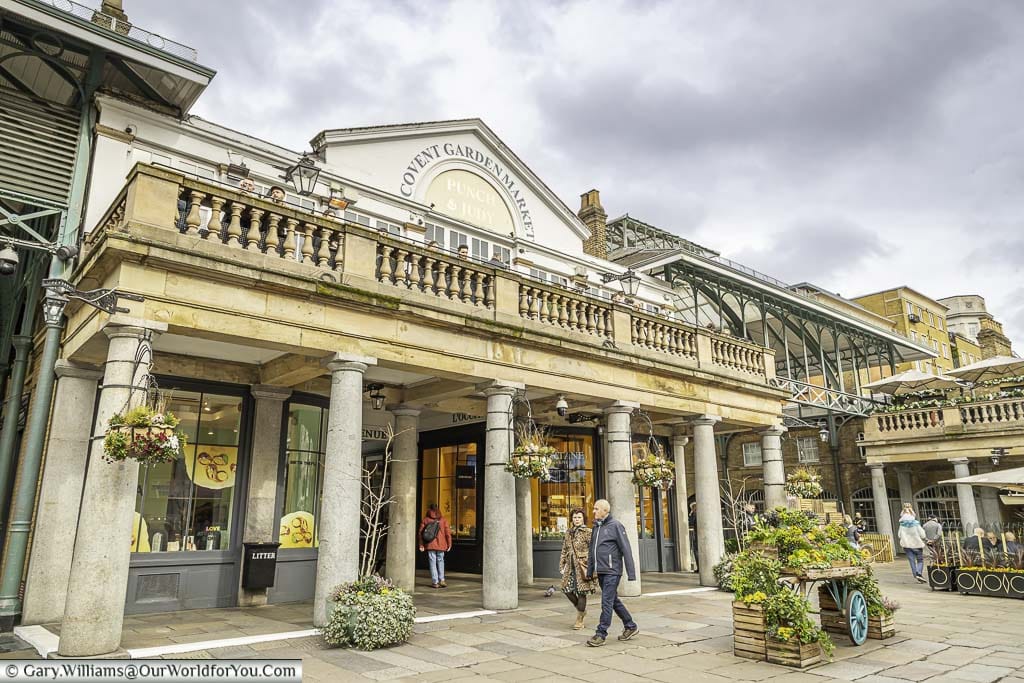


What a great tour! I am not so sure about severed heads but the roof of the market looks amazing! #FarawayFiles
It’s incredible that all of this history was just within a few streets of each other. I love it that Smithfield Market is sill busy, it’s good to see.
Such a fascinating history! I had never heard of Smithfield, let alone about it being the place where William Wallace was executed.I love the photos of the traditional pubs, they are beautiful!#farawayfiles
It’s amazing that we walk past some of these things everyday and don’t always realise whose footsteps we’re walking in.
Never heard of Smithfield, but I’m definitely interested in checking it out now! Love the Smithfield Market’s pastel colors and the oldest church! I felt like I recognized the Tudor arch and then saw your movie appearances! Love Shakespeare in Love! #FarawayFiles
Yes, this area is mostly known for the Smithfield meat market, but it wasn’t until I dug a little deeper, that more and more emerged. You just don’t realise how often some of these places are used in movies.
Lovely!! I remember visiting Smithfield, but really didn’t take such beautiful photos like you did!!#FarawayFiles
Ahh, thanks very much, it’s a really interesting part of London.